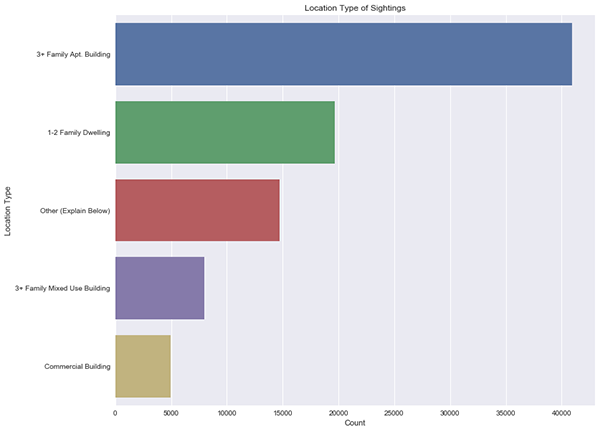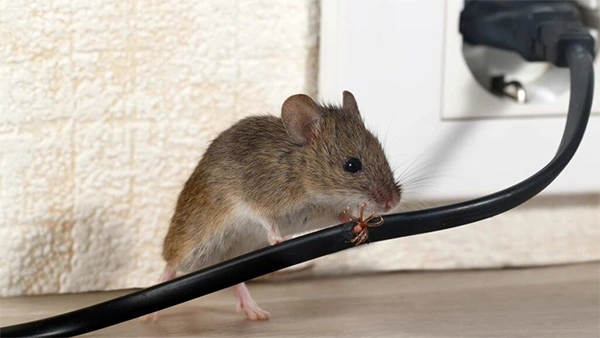Rodents have become quite popular in the last few years and are even considered great pets. Just to be clear these are small mammals like mice, rats, chinchillas, etc. Even I had a pet hamster his name was Steve sadly he became the dinner of a street cat.
But did you know these tiny creatures that look harmless can cause some serious issues? A case study mentioned, “Rats may affect the health outcomes of residents through several pathways.”
So what can you do to protect yourself and your loved ones from any potential infestations caused by vermin? Just for you, I’m creating this write-up titled the silent threat: understanding the Risk of rodent infestations. I will also mention safety measures so read till the end.
Rodents are well-known carriers of diseases that can harm humans and pets alike. Unlike other pests, rodents are adept at spreading diseases in various ways, including direct contact, droppings, and contamination of surfaces or food supplies. Below are some major health risks associated with a rodent infestation:
These small creatures have an exceptional ability to squeeze into the smallest spaces, which allows them easy access to kitchens, pantries, and storage areas where they can contaminate food and surfaces. This contamination can be particularly dangerous in homes with children, elderly individuals, or people with weakened immune systems.

Rodent droppings, urine, and shedding fur contain proteins that can trigger allergic reactions in sensitive individuals. Common symptoms include sneezing, watery eyes, and skin rashes. The risk is especially pronounced in people with asthma or other respiratory conditions, as rodent droppings can exacerbate these medical issues.
Nesting in ventilation systems can also lead to the spread of allergens throughout the home, further impacting indoor air quality and potentially triggering respiratory symptoms.
Aside from the health risks, infestations can wreak havoc on a home’s structural integrity and increase the risk of dangerous situations, including fires. Let’s take a look at some of the key ways that rodents can cause harm to your property:
Vermin are incessant gnawers, a habit driven by their ever-growing incisors. They will chew on anything to keep these teeth sharp and under control. This habit leads to structural damage in various parts of the household:
Here I’m adding an infographic so you can understand what type of houses and buildings are attacked usually by vermin.

One of the most significant threats posed by rodents is their tendency to chew on electrical wiring. As they move around within walls, ceilings, and attics, they often encounter cables and wires and, unfortunately, gnaw on them.
This habit not only degrades your electrical system but also increases the risk of short circuits and energy fires. These fires are among the most dangerous and costly types of home fires, and vermin habitation is one of the leading causes.
Rodents can also cause damage to pipes and appliances. They may gnaw on plastic and metal plumbing materials, leading to leaks or even flooding. Additionally, they may nest in and around appliances like stoves, refrigerators, and washing machines, which can result in appliance malfunction or conductive hazards.

To avoid the serious health risks and property harm that are associated with rodent infestations, early detection, and pest control St Charles MO efforts are crucial. Tips? Here are some:
Attempting to handle rodent outbreaks on your own can be risky and, in some cases, ineffective. Professional pest control Coquitlam companies have the training, equipment, and expertise to assess and address vermin issues comprehensively.
They can also identify and resolve underlying conditions that may contribute to recurring infestations. Professional pest eradication services don’t just remove existing rodents; they also help prevent future invasions, ensuring your home remains safe from the silent threat these pests pose.
For example, a professional pest control provider in St. Charles, MO, Coquitlam, or Bakersfield will have the knowledge to identify the specific species in your area, assess the risks, and implement targeted prevention strategies.
DID YOU KNOW?
Capybaras are considered to be the largest living rodents standing at a height of 4.4 feet and weighing 78kg!
Rodent issues may begin quietly, but the risks they bring are anything but minor. From health hazards to property damage, these uninvited guests can wreak havoc on your domicile and well-being.By understanding the risks and taking preventive measures, you can protect your household from the dangers rodents pose. And when in doubt, enlist the help of professional pest control Bakersfield experts to ensure your home remains a safe, rodent-free environment.

Thanks for choosing to leave a comment. Please keep in mind that all comments are moderated according to our comment Policy.